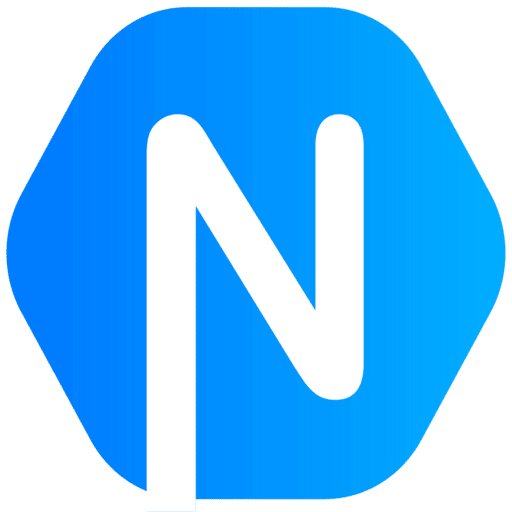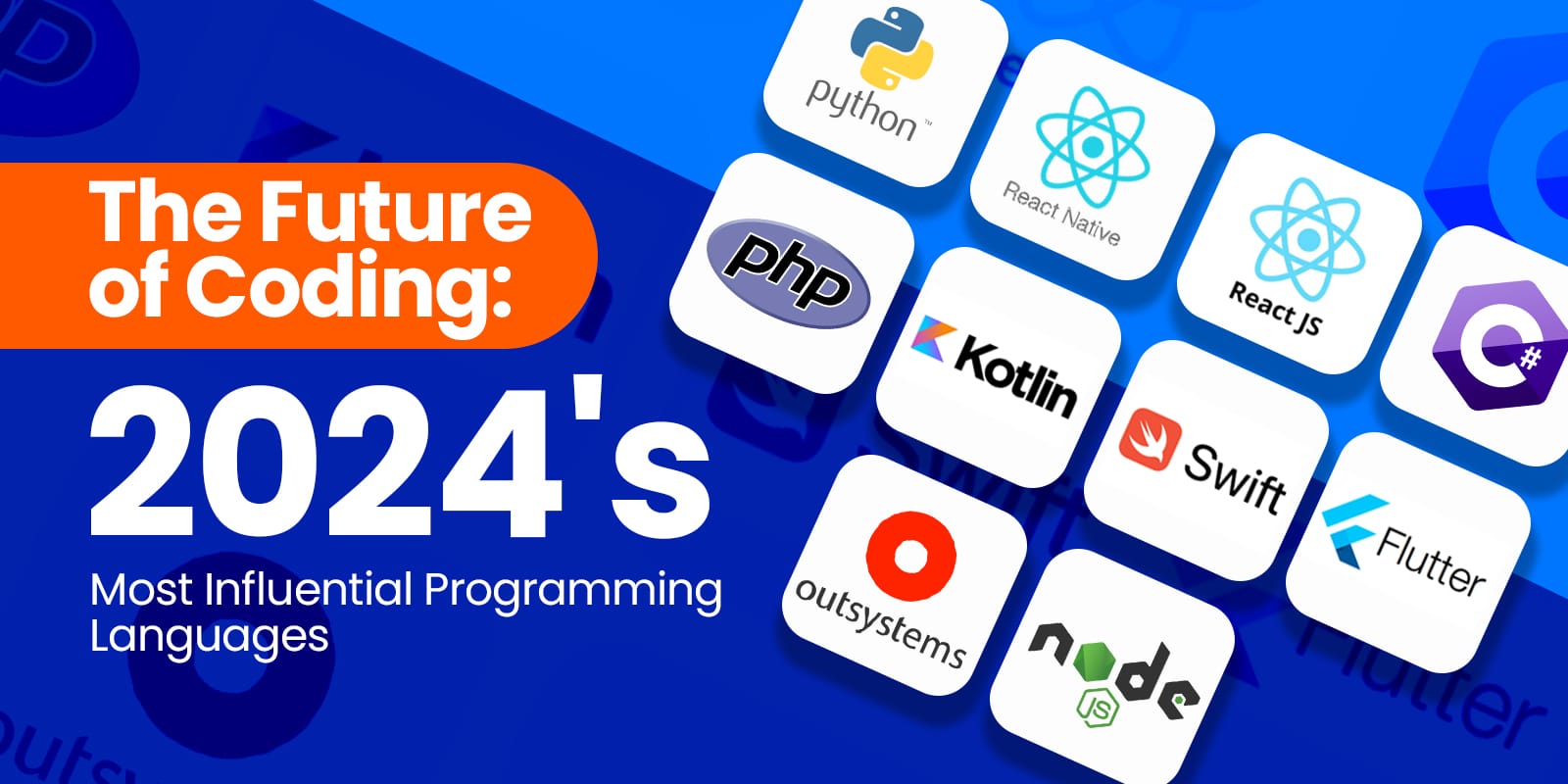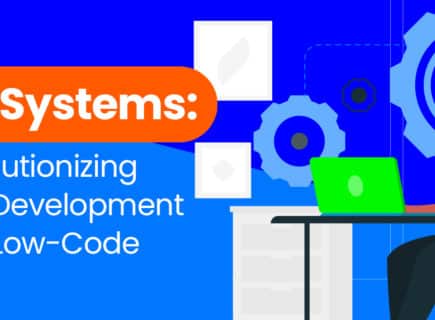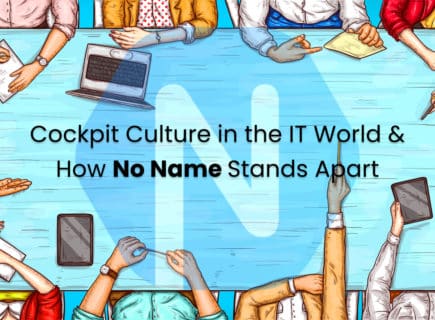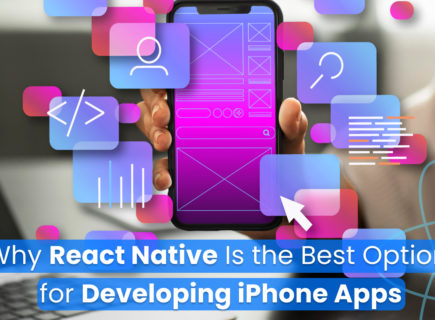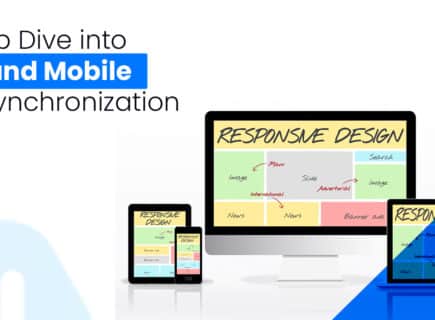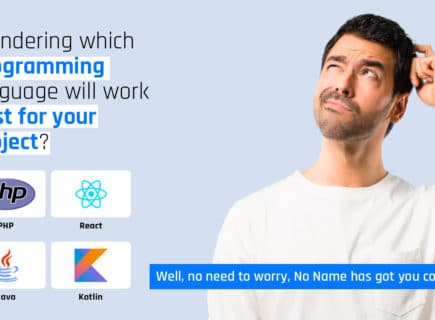“In the world of technology, progress is not measured in years or miles, but in capabilities and possibilities. As developers, we don’t just write code; we craft the future, one language at a time.”
As we march into 2024, the programming landscape continues to evolve with a dynamic array of languages, each carving its unique niche in the tech ecosystem.
For developers, understanding the nuances, strengths, and specific applications of these languages is not just a matter of curiosity but a necessity for staying relevant and innovative. This article serves as a deep dive into the top programming languages of 2024, offering a technical dissection that’s more than mere syntax and semantics.
Here, we unpack each language’s core features, explore their ideal project fit, and unravel why certain languages resonate more in specific domains. Prepare for a journey through the coding realms of Python, React Native, React.js, C#, PHP, Kotlin, Swift, Flutter, Outsystems, and Node.js, tailored for the minds that speak in code.
1. Python: The Swiss Army Knife of Programming
Deep Dive: Python’s elegance lies in its minimalistic syntax and dynamic typing, coupled with its interpreted nature. It excels in automating scripts, web scraping, and data manipulation tasks. Developers can exploit Python’s extensive libraries, such as Django for web development and SciPy for scientific computing. Its interpreter nature, while making it slower compared to compiled languages like C++, offers tremendous flexibility and ease of debugging. If you are looking to hire talented Python developers, No Name is a good place to start looking.
Why for Specific Projects: Chosen for its rapid development capabilities, Python is the go-to for AI/ML projects due to its robust data handling and computation libraries. It’s also prevalent in backend web development, thanks to frameworks like Flask and Django, which offer scalability and security. However, its slower execution speed can be a bottleneck for CPU-intensive tasks.
2. React Native: Bridging the Gap Between Web and Mobile
Deep Dive: React Native brings the React paradigm – declarative UI and component-based structure – to mobile app development. It uses a bridge to communicate between the JavaScript thread and the native modules, allowing for native-like performance. Developers can leverage platform-specific code, providing flexibility when needed. Its live reloading and hot reloading features make debugging and UI development a breeze compared to traditional mobile development.
Why for Specific Projects: React Native is ideal for projects aiming for both Android and iOS markets without the overhead of maintaining two separate codebases. However, it can be overkill for simple applications or where high-end, platform-specific customizations are required, where native development might be more suitable.
3. React.js: The Frontend Maestro
Deep Dive: React.js’s claim to fame is its virtual DOM, which optimizes rendering and improves app performance. It follows a unidirectional data flow, which simplifies debugging and testing. React hooks have revolutionized state management in functional components, making them as powerful as class components. Its JSX syntax, blending HTML with JavaScript, allows for intuitive UI development.
Why for Specific Projects: React.Js is a prime choice due to its efficiency in updating and rendering components for single-page applications (SPAs) and complex UIs. Its component-based architecture aids in building reusable UI components. However, its learning curve can be steep due to its rich ecosystem and evolving best practices.
4. C#: The Enterprise Darling
Deep Dive: C# boasts strong typing, automatic memory management, and an extensive API set as part of the .NET framework. Its LINQ (Language Integrated Query) feature provides powerful data querying capabilities. C# 8.0 introduced nullable reference types and asynchronous streams, enhancing its robustness and concurrency handling.
Why for Specific Projects: C# is the backbone for Windows-based applications and game development with Unity. It’s favored in enterprise environments for its reliability, scalability, and strong Microsoft backing. However, it’s less common in startups or for cross-platform development (excluding Xamarin), where languages like JavaScript or Python might be preferred for their flexibility and speed of development.
5. PHP: The Web Old-Timer
Deep Dive: PHP, a server-side scripting language, is synonymous with traditional web development. PHP is known for its ease of use, a vast array of frameworks like Laravel and Symfony, and its integration with databases. However, it’s often criticized for its inconsistent naming conventions and global state management.
Why for Specific Projects: PHP is a solid choice for web development, particularly for content-heavy sites and CMS like WordPress. Its shared hosting compatibility and vast ecosystem make it cost-effective. However, for highly interactive, real-time applications, modern stacks like MERN or MEAN might be more appropriate.
6. Kotlin: The Android Front-Runner
Deep Dive: Kotlin, a statically typed language, brings modern features like extension functions, null safety, and coroutines to Android development. It interoperates seamlessly with Java and runs on the JVM, making it a smoother transition for Java developers. Kotlin Multiplatform is an emerging feature for cross-platform development.
Why for Specific Projects: Kotlin is the preferred choice for Android development, offering a more concise and expressive codebase compared to Java. Its safety features and syntactic sugar enhance developer productivity and app stability. However, for existing large Java codebases, the transition to Kotlin, while beneficial, requires careful consideration.
7. Swift: The iOS Connoisseur
Deep Dive: Swift, developed by Apple, is a statically typed language known for its safety, speed, and modern syntax. It eliminates entire classes of errors with features like optionals and strong typing. Swift 5 brought ABI stability, enhancing its compatibility across Apple’s ecosystem.
Why for Specific Projects: Swift is tailor-made for iOS, macOS, watchOS, and tvOS app development. It’s faster and more secure than its predecessor, Objective-C, making it ideal for high-performance, robust iOS applications. However, it’s not suited for cross-platform development, where frameworks like Flutter or React Native might be more viable.
8. Flutter: The UI Craftsman
Deep Dive: Flutter, Google’s UI toolkit, enables cross-platform development with a single codebase. It uses the Dart language and provides its own widgets, drawn directly on the canvas, which results in highly customizable and fast-rendering UIs. Its hot reload feature significantly speeds up development.
Why for Specific Projects: Flutter is chosen for high-fidelity, branded UIs that need to be consistent across platforms. Its performance is comparable to native apps, but the Dart language can be a barrier due to its relatively smaller community and ecosystem compared to React Native or Xamarin.
9. OutSystems: The Low-Code Trailblazer
Deep Dive: OutSystems is a low-code platform that allows for rapid application development. It offers visual development interfaces and integrates with existing systems, aiming to speed up development and deployment. However, its proprietary nature can limit deep customization and flexibility compared to traditional development.
Why for Specific Projects: Ideal for businesses seeking quick deployment of enterprise-grade applications with minimal coding. It suits scenarios where time-to-market is crucial, and app complexity is moderate. However, for projects requiring deep technical customization or unique functionalities, traditional coding languages might be more appropriate.
10. Node.js: The JavaScript Runtime Powerhouse
Deep Dive: Node.js, a JavaScript runtime built on Chrome’s V8 engine, brought JavaScript to the server side. Its non-blocking, event-driven architecture makes it suitable for scalable network applications. It’s the backbone of the MEAN and MERN stacks and supports a myriad of NPM packages.
Why for Specific Projects: Node.js is the cornerstone for building fast, scalable network applications like real-time chat applications, online gaming, and collaboration tools. Its single-threaded model, however, is less suitable for CPU-intensive operations, where languages like Go or Rust with better concurrency handling might be preferred.
As we encapsulate this exploration of 2024’s prominent programming languages, it’s clear that each language holds its unique forte in the vast universe of development. From Python’s versatility to Swift’s iOS finesse, and from Node.js’s server-side prowess to Flutter’s UI brilliance, the choice of language intertwines closely with project goals, performance needs, and the developer’s expertise.
This guide is more than a mere technical overview; it’s a beacon for developers navigating the ever-changing seas of programming. Whether you’re architecting the next groundbreaking app, or fine-tuning the gears of a complex data model, the insights into these languages equip you with the knowledge to choose your tools wisely, innovate boldly, and code with precision in the year 2024 and beyond.
